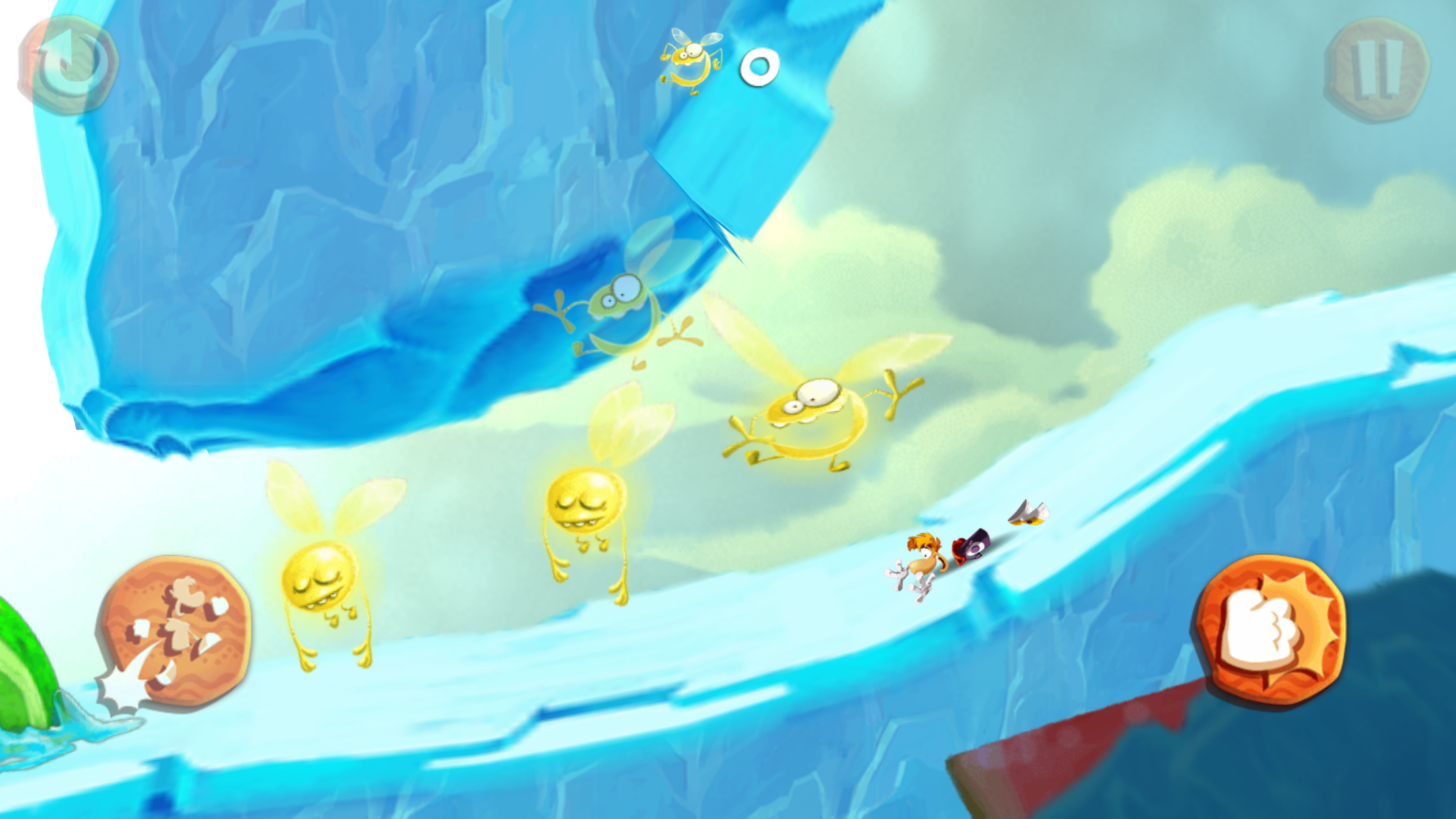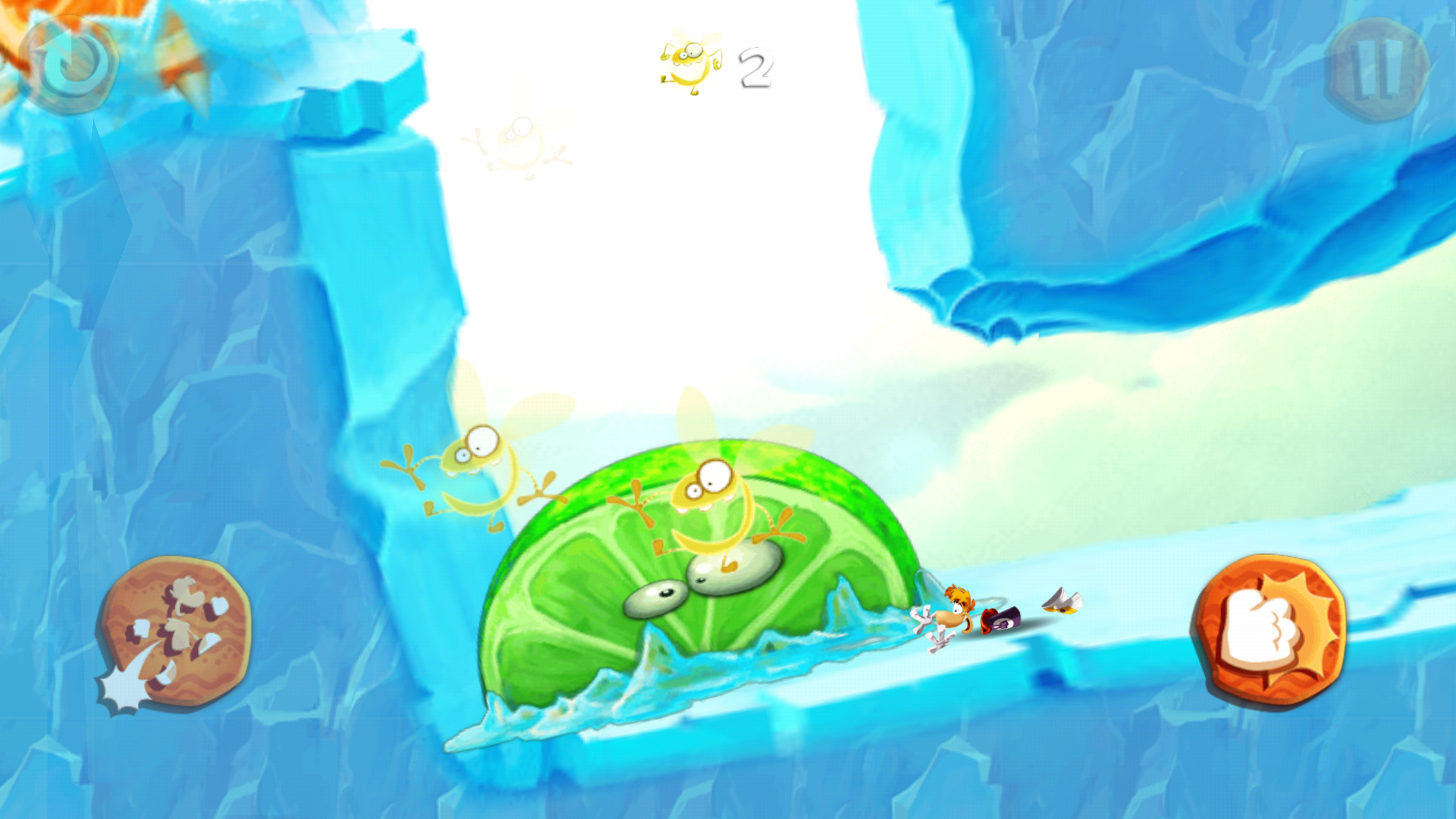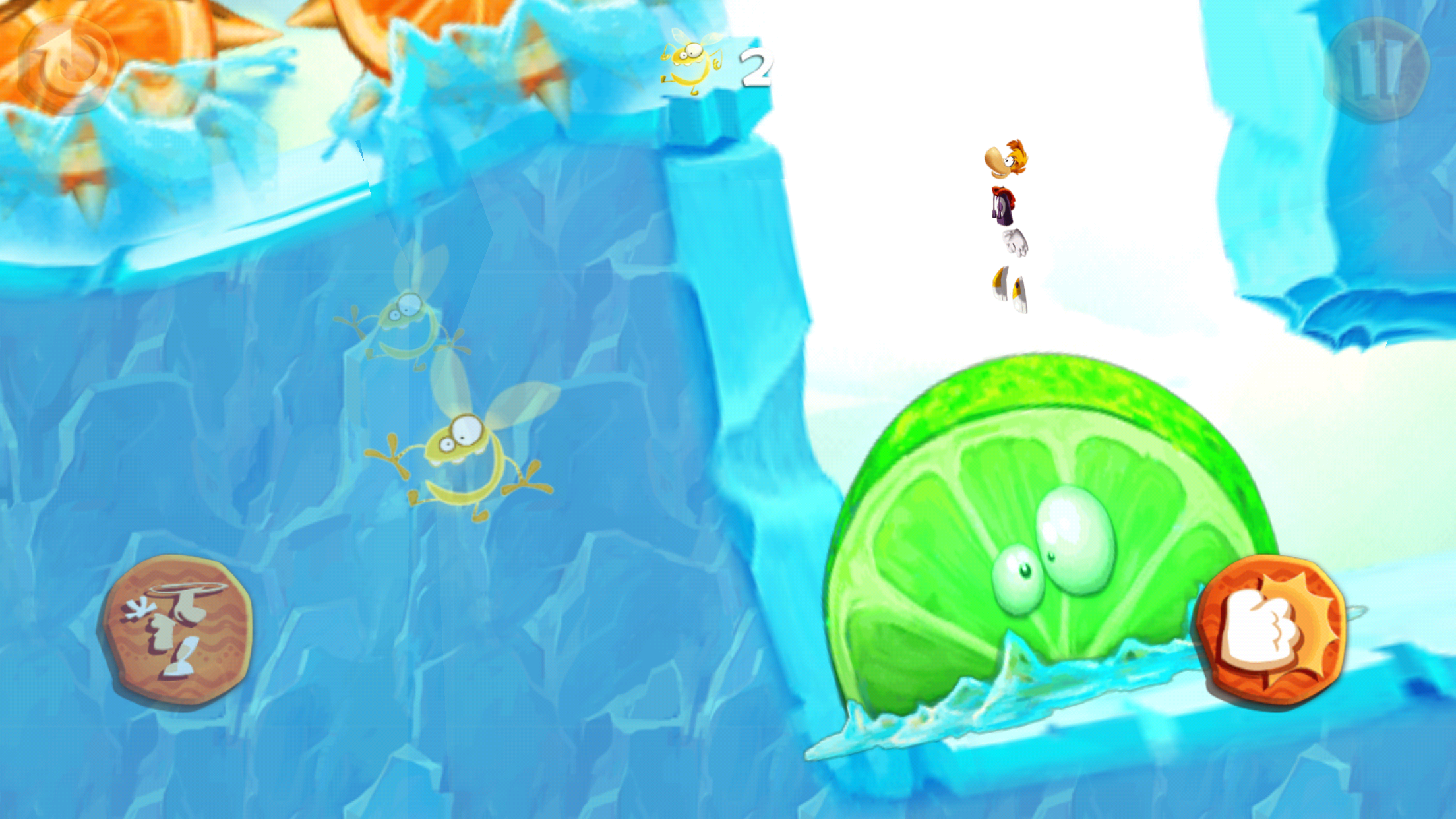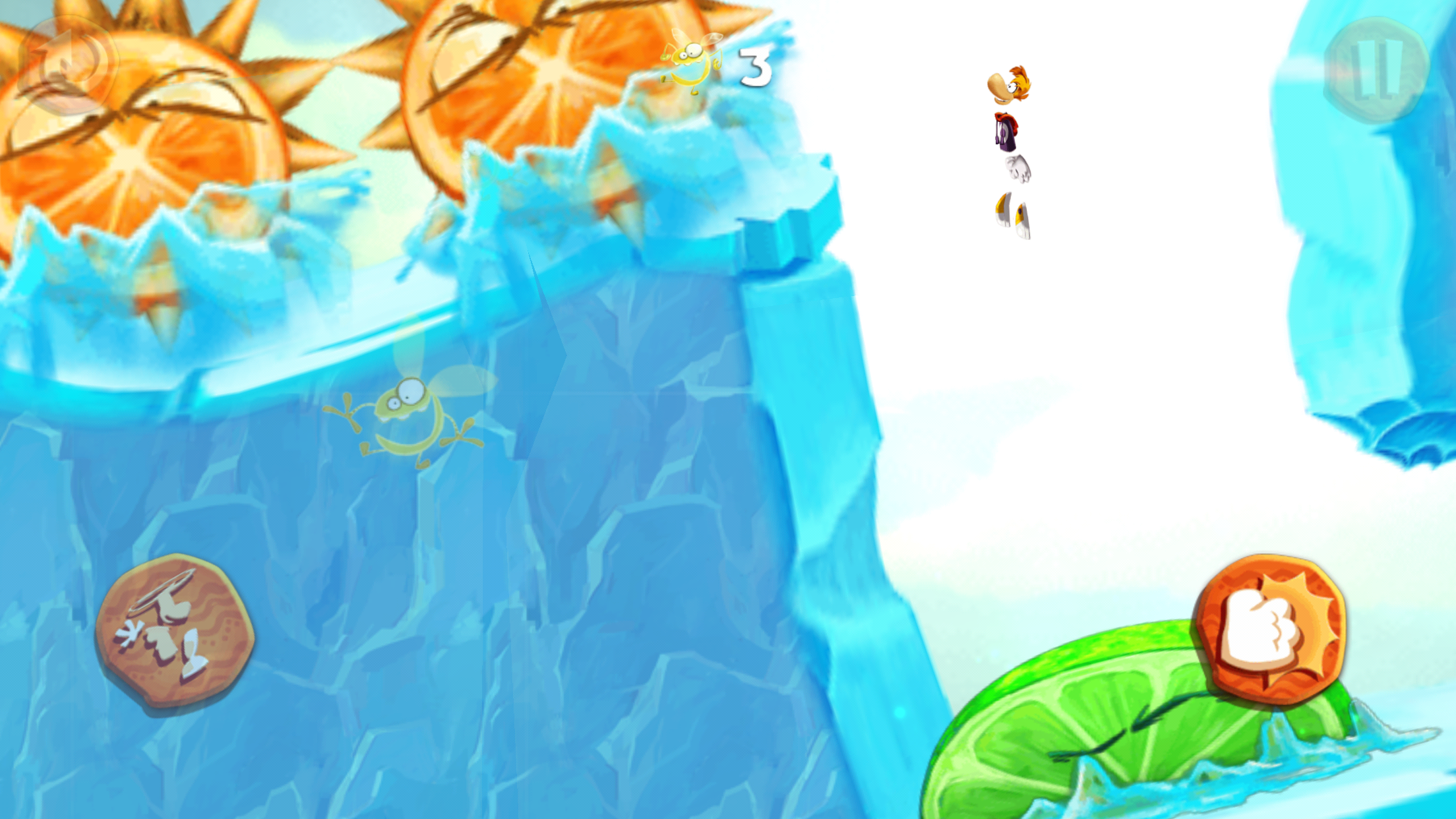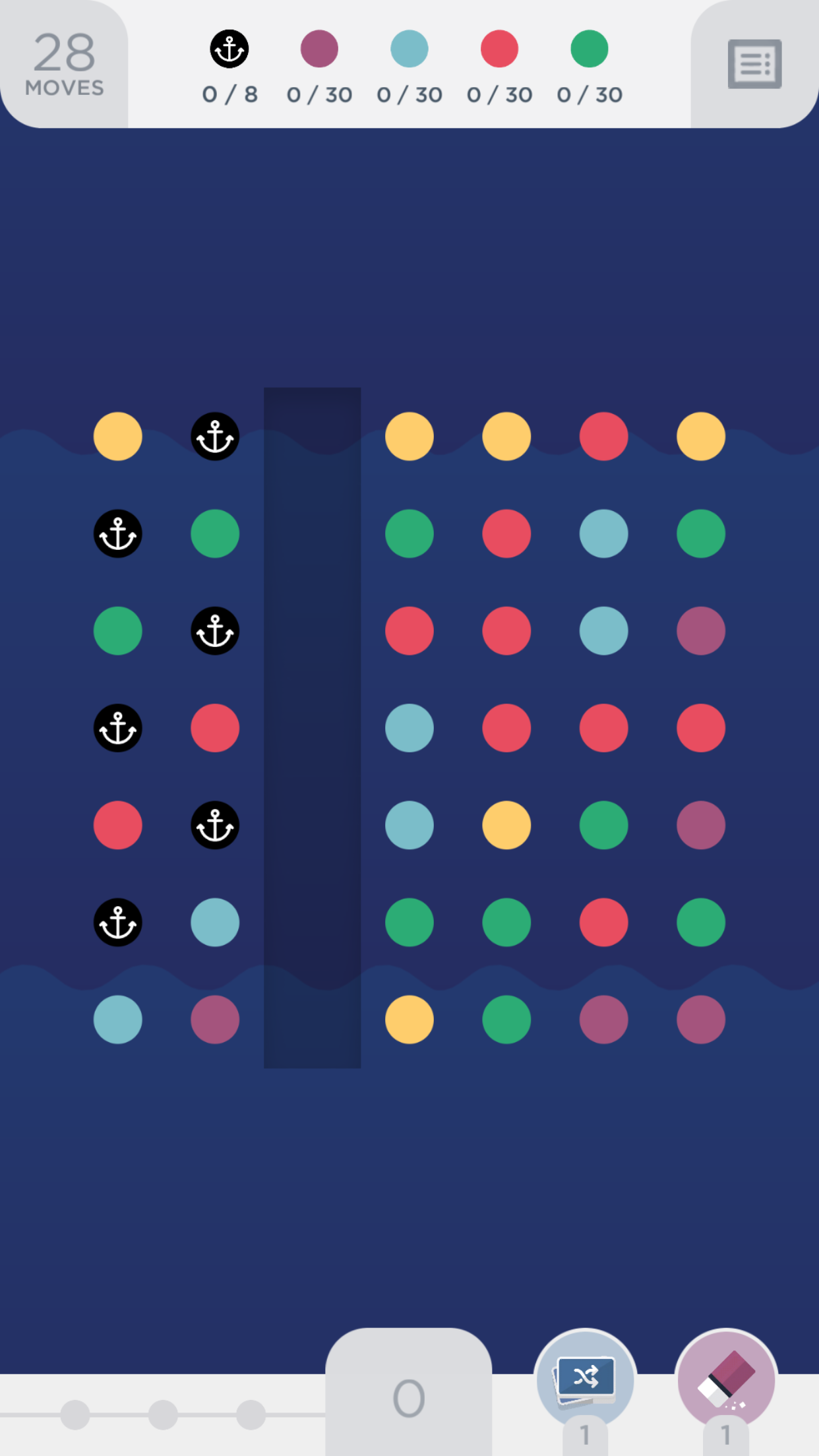This week, we’ll take a look into a very interesting App: Neko Atsume. We’ll talk about how it works, where is the fun, and whether or not it is a game.
How does it work?
In Neko Atsume, you decorate a room and attempt to attract cats. You can do this by setting out different “Goodies” (boxes, balls, bags, etc.) to attract them. Each cat has a favorite toy, and when you set up their favorite toy, they might stop by to play with it. But toys aren’t enough for the cats. You need to feed them as well if you want them to stop by. Once you’ve set some food and items out, cats will begin to stop by and visit. After they leave, they will leave the player with a gift , either silver fish or premium gold fish. These are used to buy more items to put out for the cats.
Here we can see the placement options for goodies as well as food.
Food mechanic:
Players need to stop by a couple times a day and set out more food if they want to continually attract cats. The cats can visit while the player is not in the app. If they do, they will still leave a gift for the player, but the player will have missed seeing them.
Side note: This is a nice little addition because if the player doesn’t get the reward of getting to see them, they will still get something.
Every time a cat visits, it will eat a little bit of the food. Upon all the food being eaten, no more cats will visit until the bowl is full. Because there is a free food bowl called “Thrifty Bits”, running out of money never becomes a problem.
Side note: So the food is like a timer. After so many minutes, a player will need to return to the app and refill the bowl if they wish to progress and receive more rewards. Because the food has no visible timer for the player to track, the player will need to check back more often to see more cats.
For anyone still confused on how this game’s systems work, this flow chart might help.
Chart made in Lucidchart
So, where’s the fun?
In Neko Atsume, there are multiple kinds of rewards. I like to call these direct and indirect rewards. Direct rewards are something that is given to the player that’s blatantly a reward. In Neko Atsume’s case, this would be the gold and silver fish the player receives from visiting cats.
Indirect rewards are more like cinemas, things that are rewarded to the players that are solely for their enjoyment. They don’t necessarily have an effect on a game’s progress, with the exception of story. In Neko Atsume’s case, this would be like getting to see the cats do absolutely adorable things.
Like hide in a box!
Or play with a ball!
Or even get their little fluffy butt stuck in a tube!
These moments where the player gets to see the cats be adorable is the reason players continue to come back. The direct rewards are more of a means to an end. They are in place to support the adorable cat reward. These rewards, combined with the hidden food timer, makes sure the player has a nice steady stream of cats to enjoy, all the while not letting them see all of them too soon and instead forcing the player to come back.
Side note: I’m pretty sure the developers knew this is where the fun came from and wanted players to be able to revisit the adorable moments that they have already experienced. So they put in a camera feature where players could take pictures of the cats and put them in photo albums. They also gave them names and stats to help sell the attachment players might feel for the cats. So while the player could have a goal to fill up this album, there is no reward for doing so aside from their own satisfaction.
My album is on its way!
So is this a game or what?
Typically, games have a win/lose condition. That’s kind of what makes them special. So I’d have to say no, it isn’t a game. That doesn’t diminish how much fun it is. It’s more like an interactive toy, because even if you fill up all your photo albums, the game doesn’t end, and if you do nothing, the game doesn’t end either.
In the end, Neko Atsume is an excellent app which is great at wasting a few seconds out of the hour. By giving players a variety of rewards, drip-feeding them new cats, and forcing their engagement through the food mechanic, they find themselves returning to this app again and again. I hope I got you thinking about how to make simple apps, which aren’t necessarily games but are still enjoyable.
Next week, we will be returning to our regularly scheduled posts/updates.
I’ll see you guys then,
Scott
If you like my work and want to support my caffeine addiction, please consider donating to my Ko-Fi.



















